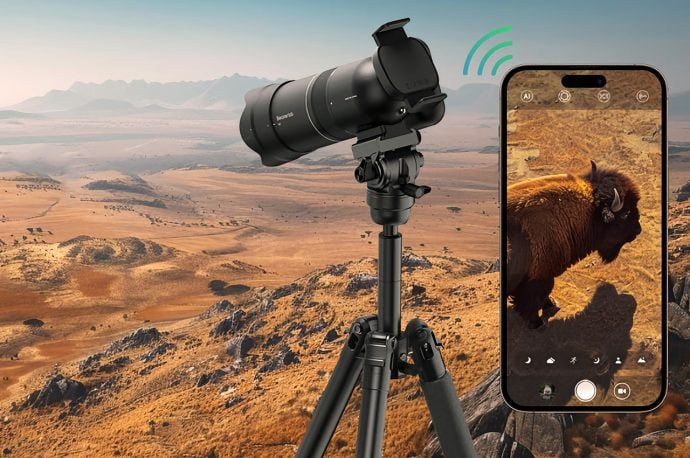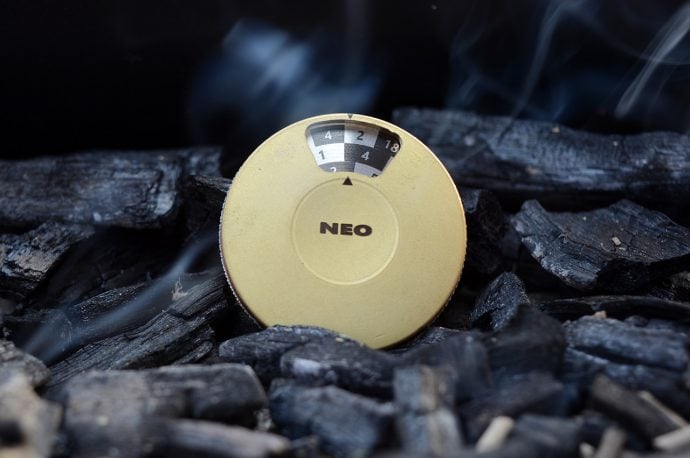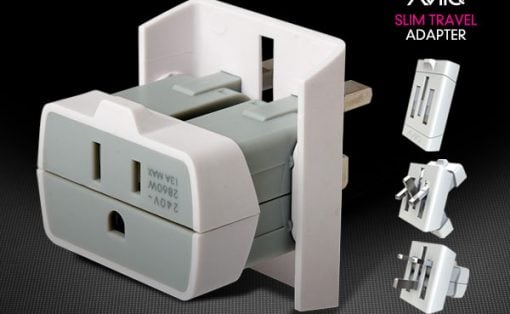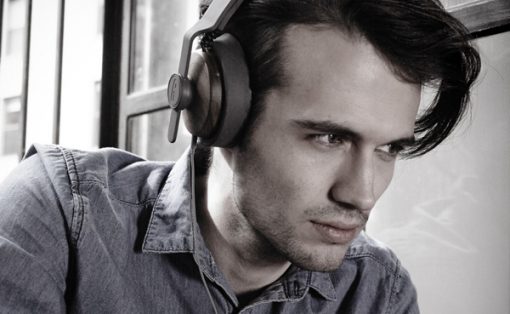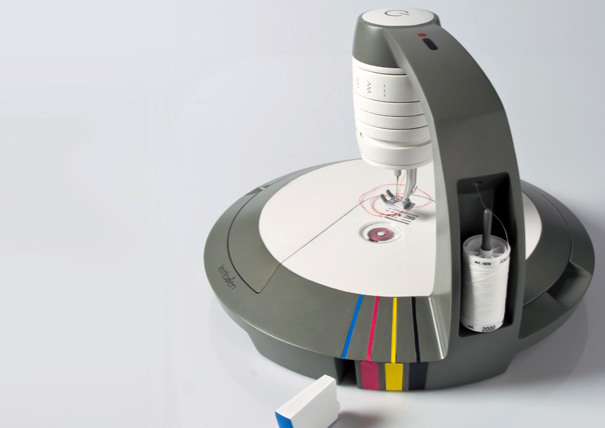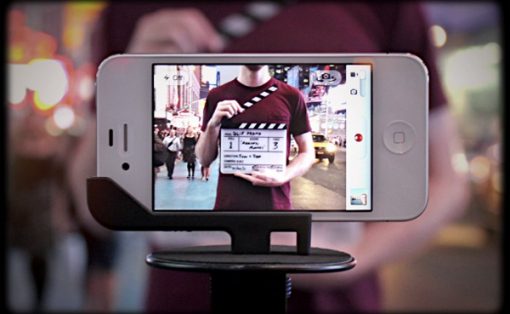Karim Rashid is one of the most prolific designers today. He has over 3000 products in production, countless awards and an ever growing list of collaborations; exhibitions, restaurants, banks, automative and electronic companies to name a few. He is an enigmatic designer with accessible taste. That’s a rare and precious combination. There’s something rebellious about his vision, yet refined. His bold aesthetic and penchant for pushing boundaries makes him worthy of a singular moniker – Karim.
Designer: Karim Rashid
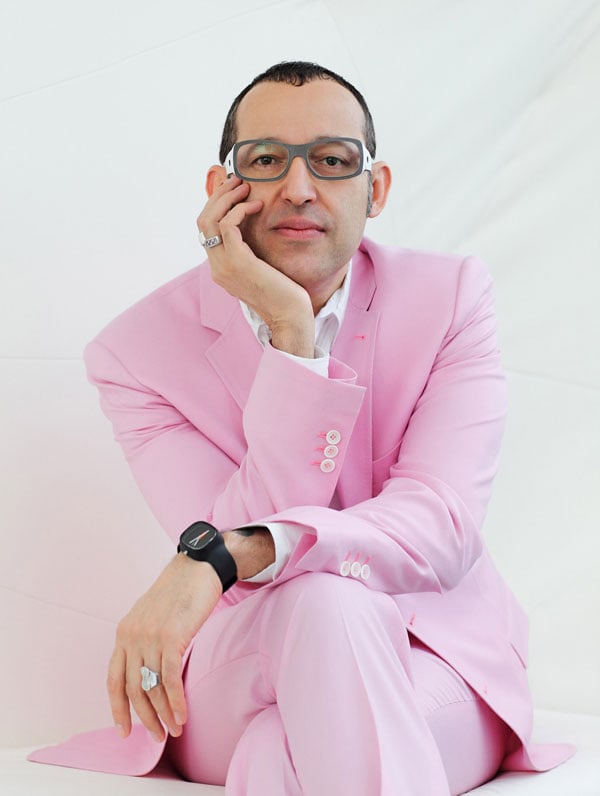
Do you have nickname(s)? Care to share some and how you got them?
I have been known as the “Prince of Plastic”. I use plastic in a lot of my designs because it’s a material that have wonderful properties, it is durable, malleable, and can be quite comfortable. With new technologies such as rotomoulding, I can create sensual and organic shapes that have never existed. Using plastic also enables my designs to be more accessible on the market.
You’ve touched so many design disciplines from product design to interiors to brand identity. Which do you love most?
I don’t favor one over the other. I love the immediate impact an interior can have on people lives. With hospitality design or public space, I know that masses of people have access to my designs, and they aren’t just looking at it, they are physically immersing themselves inside of the design. I have the power to affect them on a social level, whether it is to provide relaxing solitude, community, or a pleasurable vacation. I also derive tremendous happiness from product design, because each object has the potential to connect with the consumer, and to bring them pleasure on an everyday basis.
Where does your creativity come from?
I was born into a creative context. My father was so inspiring since he designed everything possible from movie sets to furniture to clothes. He was an artist and set designer for film and television. He taught me perspective at a young age, and he taught me that I could design anything and touch all aspects of our physical landscape.
How do you find inspiration?
I look way beyond design and architecture. Inspiration is accumulative. Everything can be inspiring. It is how you look at the world. I am inspired by my childhood, my education, by all my teachers I have ever had, by every project I have worked on, by every city I have traveled to, by every book I have read, by every art show I have seen, by every song I have heard, by every smell, every taste, sight, sound, and feeling.
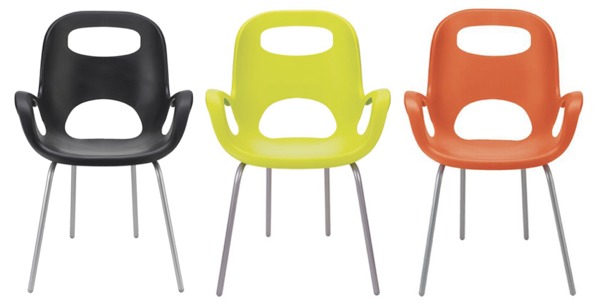
You have a wonderful long list of products and accolades. What work are you most proud of? What was/is your highest moment?
There hasn’t been one singular moment, but more a building journey. I can remember the satisfaction I felt from designing the Garbo and Oh Chair for Umbra back in the 90s. I love when my ideas are materialized in the form of products that are accessible, high design, and usable on a day-to-day basis. Then when I completed the Semiramis in Athens, that was my first hotel and I felt a wonderful sense of accomplishment. As of recently, I won 37 awards this year, and was inducted to the Interior Design Hall of Fame. But more than anything I am looking forward to what this next year will bring. We have just had the unveiling of Nhow hotel, Berlin, and soon the will complete a Metro Station in Naples.

You have a series of symbols that have almost become a design dialect easily recognizable as “Karim Rashid.” It’s in your work. It’s on your skin. What do they mean? How did they come about?
They are my hieroglyphics. I developed 55 symbols over the last 13 years. Each has meaning. I call them Karimagologos. My book EVOLUTION explains the meanings. I never try to intentionally use them but they come into the work subconsciously at the most incidental times. I have 12 tattoos on me – one from each different city in the world from Tokyo to San Francisco to New York to London, to Chicago, etc.
You seem to embrace the artificial possibilities of humanity – the merging of the organic with the artificial. Is this an accurate statement?
It’s definitely accurate. I love evolution, I’m looking forward to the day when we’re 50% synthetic and artificial, there’s something obsessive, sort of like science fiction.
You come from a diverse background rich in history yet I find very little nostalgia in your work. Where did this aesthetic come from?
In this new century we are witnessing an exhaustive excavation into the vaults of the past, even more so than the post-modern eighties. It seems as history is unfolding at a hypertrophic rate, we keep searching into the past to unveil everything and anything, be it good or bad. But we should look to the future for change and innovation.
When you harness and play with your creative energy, do you prefer to develop ideas in private or do you like to collaborate and receive input?
I develop my ideas first, then I bring them to my team and we try variations using 3D renderings. I sketch profusely, mostly when I’m home, or traveling by plane. I like to be alone initially with some music playing, but later on design is a process. I need to make sure my vision will go seamlessly with the needs of my clients, and the needs of consumers.
How do you change the world?
I think every artist, designer, always wants to contribute something to culture I’ve always been obsessed with doing this, making a real impact on people’s lives. Even as a four year old child I used to draw pictures of buildings with my father, but I always wanted to change something: the windows, the doorway, etc. I knew back then I wanted to be a designer. Secondly, I almost consider myself more of an artist than a hard-core industrial designer, because there’s this weird drive internally to do something original in the world.
I also realize that we live in a very complex world, and it can never be a utopian singular vision, and I would never want to mandate my vision on everyone else, I’m just contributing to lots of sensibilities.
Finally, what is your favorite color and why?
Pink. Pink is my superoptimisitc white. It is energetic, fulgent, engaging, and a moxie to the masculine world that dominates our built landscape. There are so many variations and shades of pink for every mood, ever person. Pink is the new black!

